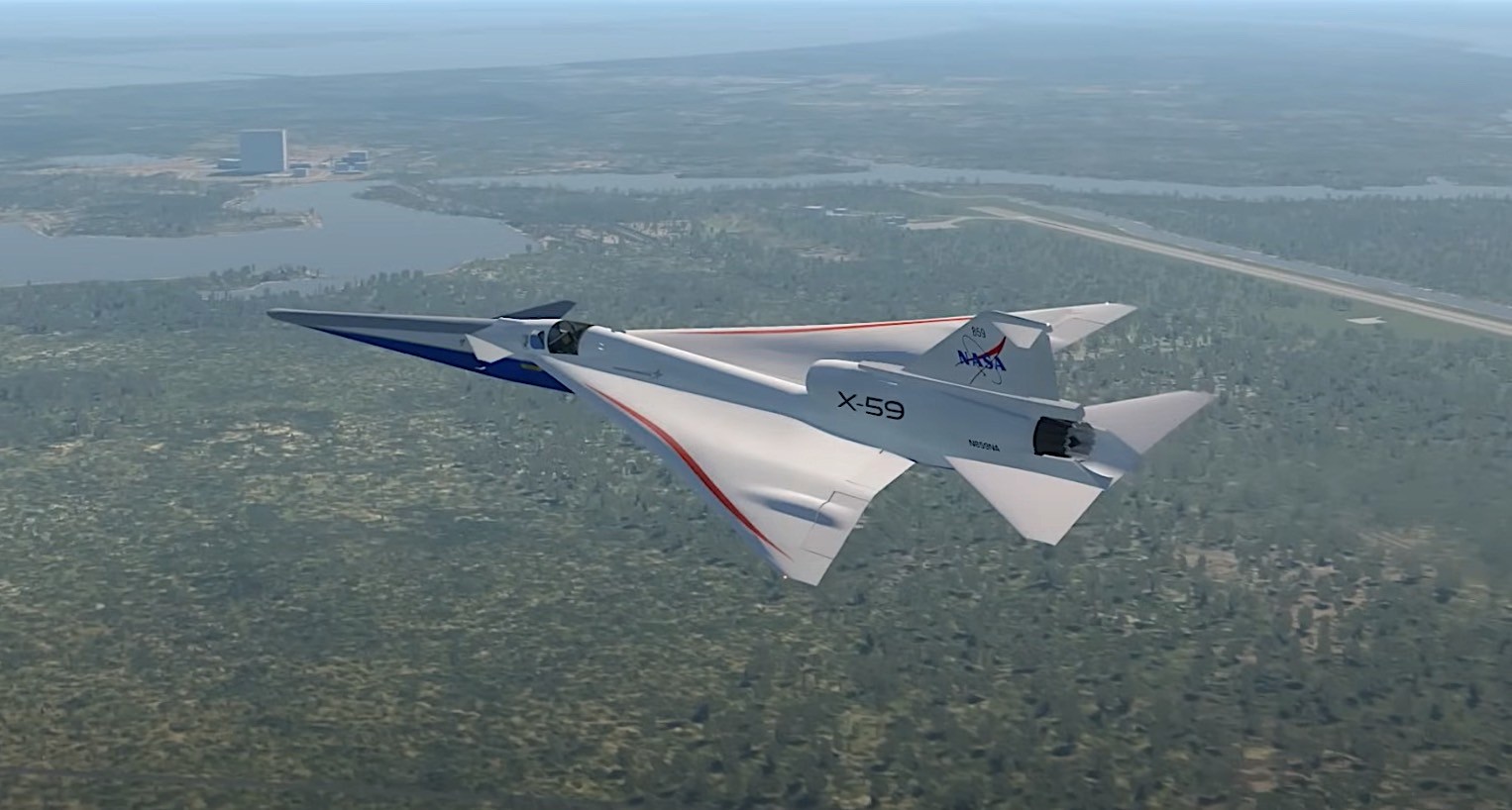These days, transatlantic trips by plane are routine, but that might not be the case without Charles Lindbergh and the plane built by Ryan Airlines in the 1920s. The plane, the Spirit of St. Louis, was a single-engine, single-seat monoplane with wings above the main fuselage. Despite its simple design, it secured Lindbergh’s place in history as the first person to fly solo across the Atlantic Ocean, from Long Island to Paris.
A lesser-known fact is that the Spirit of St. Louis had no forward-facing windows. This was due to Lindbergh’s request to place the main fuel tanks in the forward section to improve the center of gravity. Therefore, Lindbergh relied on side windows to see outside, which was not unusual for pilots at the time who often flew with mailbags obstructing their forward view. He would yaw the plane to see ahead through the side windows.

This technology, part of the Quiet Supersonic Technology (QueSST) project, aims to reintroduce civilian supersonic flight over land. The X-59, developed with Lockheed Martin, will demonstrate these innovations. Its eXternal Vision System (XVS), comprising cameras and sensors, will display images on a 4K monitor in front of the pilot, ensuring visibility without traditional windows.
The XVS uses two cameras: the Flare 4K camera from IO Industries on top of the plane’s nose and the Forward Vision System (FVS) camera from Collins underneath. These cameras feed images to a 3840 x 2160 monitor from Viewpoint Systems in the cockpit, which also displays symbols and annunciations.
If successful, the XVS could pave the way for more external camera systems in aviation, enhancing safety and performance even if the supersonic experiment doesn’t fully materialize.

